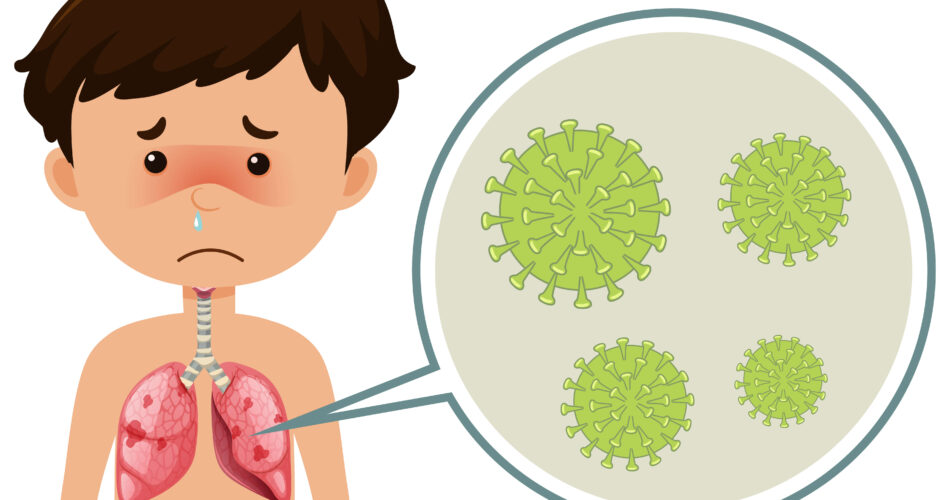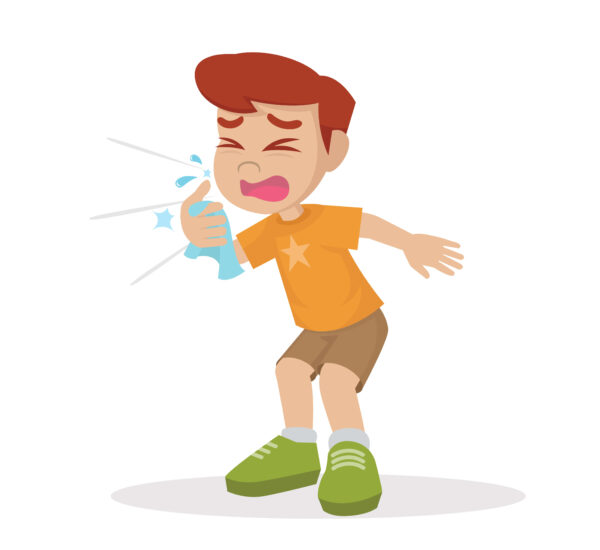Discover the key details about whooping cough phases. Find valuable insights on how to combat respiratory infections from pertussis with this blog!
Coughing can be caused by several factors, which can vary from a simple choking to a bacterial infection such as pertussis. If you think your child’s cough is from the latter factor, then it’s ideal to learn more about the whooping cough phases to keep track of their condition.
Discover in this blog the 3 stages of whooping cough and how long the condition can last. It is important to note that whooping cough is a condition that is most likely a threat to children. So, indulge more to understand this respiratory illness and learn how to protect your child’s health.
Understanding Whooping Cough

Whooping cough, also known as pertussis, is a highly contagious respiratory infection caused by the bacterium Bordetella pertussis. The condition will have a 7 to 10 days incubation period before the first symptoms are present. It typically starts with symptoms similar to a common cold, such as a runny nose and mild cough.
This condition is a highly contagious respiratory infection. It leads to severe coughing fits with a “whooping” sound during inhalation. Proper management is a must to ensure the welfare of the young patients. That can only happen through seeking immediate help to receive the suitable treatment options such as vaccination.
Causes and Transmission
In terms of how contagious it is, whooping cough, caused by the Bordetella pertussis bacteria, spreads through airborne droplets from an infected person’s cough or sneeze. The disease is easily transmitted through close contact.
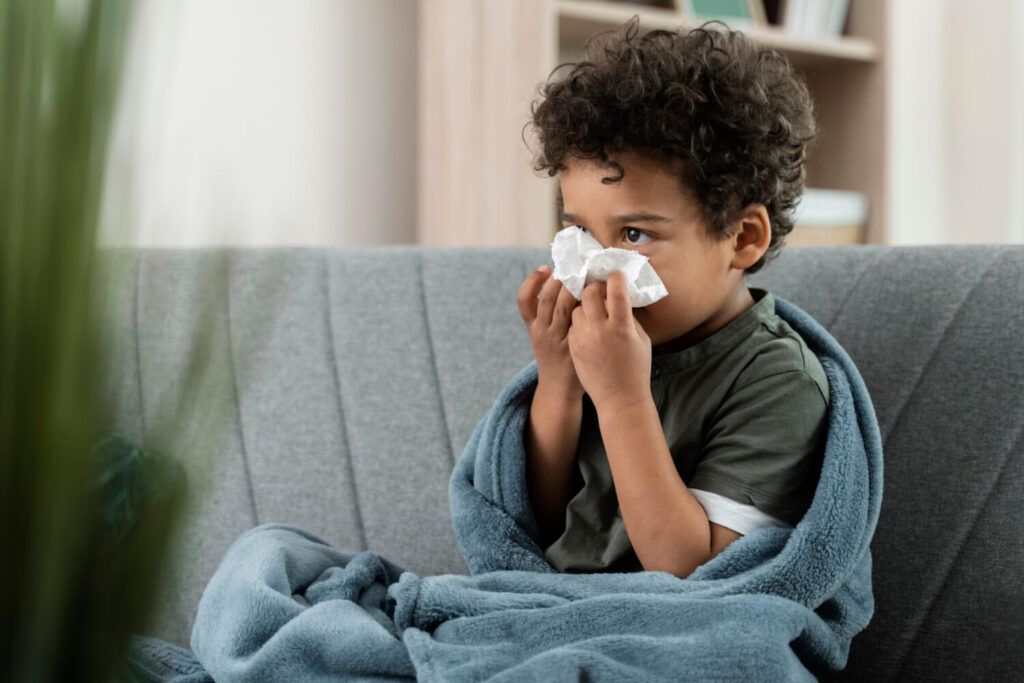
Patients who have been exposed to the bacteria may experience similar symptoms with a common cold. However, it can still progress to severe signs and can bring distress to the patient. In that case, it is best to not self-diagnose your child, and to seek help from the right doctor to ensure accurate diagnosis.
Severe Complications and Risk Factors
Understanding whooping cough as a respiratory condition is important, especially for those patients with weak immune systems. With the existing threat of this contagious bacterial infection, it won’t be long until it compromises the respiratory health of the patient.
In most cases, complications can arise, which some can lead to detrimental complications. That can involve affected respiratory health and some severe risks such as brain damage and death.
Let’s discuss more of the possible risks below to understand how untreated whooping cough can bring more complications to the patients
Pneumonia
When it comes to the risks that whooping cough can bring, most patients experience persistent coughing or fatigue that lasts for months. In cases like this, it is possible to develop pneumonia due to the bacterial infection. Take note that pneumonia can resolve on its own, but can still involve a possible infection to the lungs that can lead to liquid build up. That’s why it is ideal to address all concerns about whooping cough immediately before it results in this kind of health risk.
Fracture in the Ribs
Aside from that, persistent coughing also poses a potential complication like rib fractures. It can happen due to infants with soft bones and is still developing. Coughing can strain the rib cage, especially if it is excessive cough like the effect from whooping cough condition. Fortunately, it can be avoided once the parents choose to seek immediate help for their child’s health.
Remember, a child’s health can be compromised easily due to their developing immune system. That’s why they’ll need all the help they can get to combat this respiratory condition, which can only happen through visiting a pulmonology doctor.
Brain Damage and Seizures
Meanwhile, whooping cough can also result in alarming consequences such as seizures and brain damage. Although it can be a rare occurrence, it was found out in a research that patients with pertussis were dead due to brain damage. At the same time, they have associated encephalitis with pertussis in which patients have experienced seizures because of inflammation.
Recognizing the Stages of Whooping Cough
As mentioned, whooping cough can begin with signs like common cold, and can progress to a severe case. This progression involves the whooping cough phases, which involves 3 distinct stages.
Recognizing whooping cough phases are crucial for timely intervention and appropriate care in managing whooping cough. Let’s uncover each phase below!
Whooping Cough Phase 1: Catarrhal Phase
During the catarrhal stage of whooping cough, early symptoms resemble a common cold, including sneezing, a runny nose, and a low-grade fever. Despite its resemblance to a mild respiratory illness, recognizing the catarrhal stage promptly is essential for timely disease control and management.
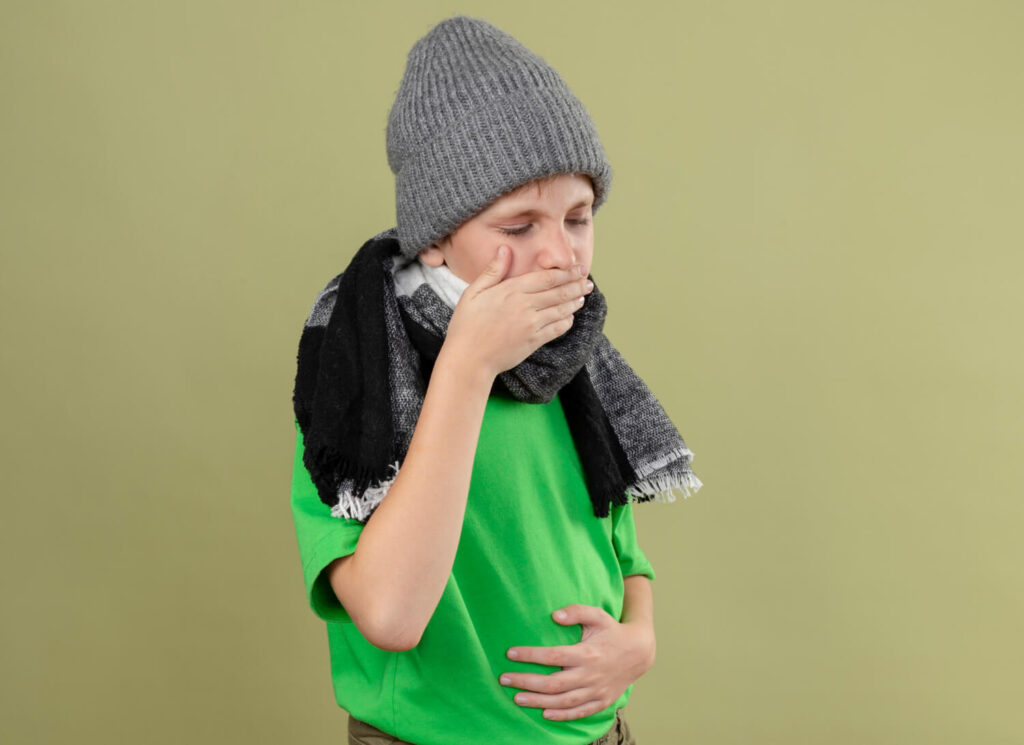
In this stage, this whooping cough typically lasts 1 to 2 weeks and is when the infection is most contagious. With that, it is crucial to monitor symptoms closely, to take action immediately. Thus, ensuring to avoid the spread of the condition during its contagious phase, and prevent further complications.
Whooping Cough Phase 2: Paroxysmal Phase
Now, if the patient fails to prevent the condition from worsening, it can progress into its next whooping cough phase. During the paroxysmal stage, individuals experience intense and rapid coughing fits that can be quite distressing. These uncontrollable coughing spells often occur in clusters, leading to a characteristic “whooping” sound as the person struggles to inhale.
Take note that this stage can last for several weeks, with coughing becoming more severe over time. With this health threat, it is crucial to seek medical attention to manage symptoms effectively and prevent complications.
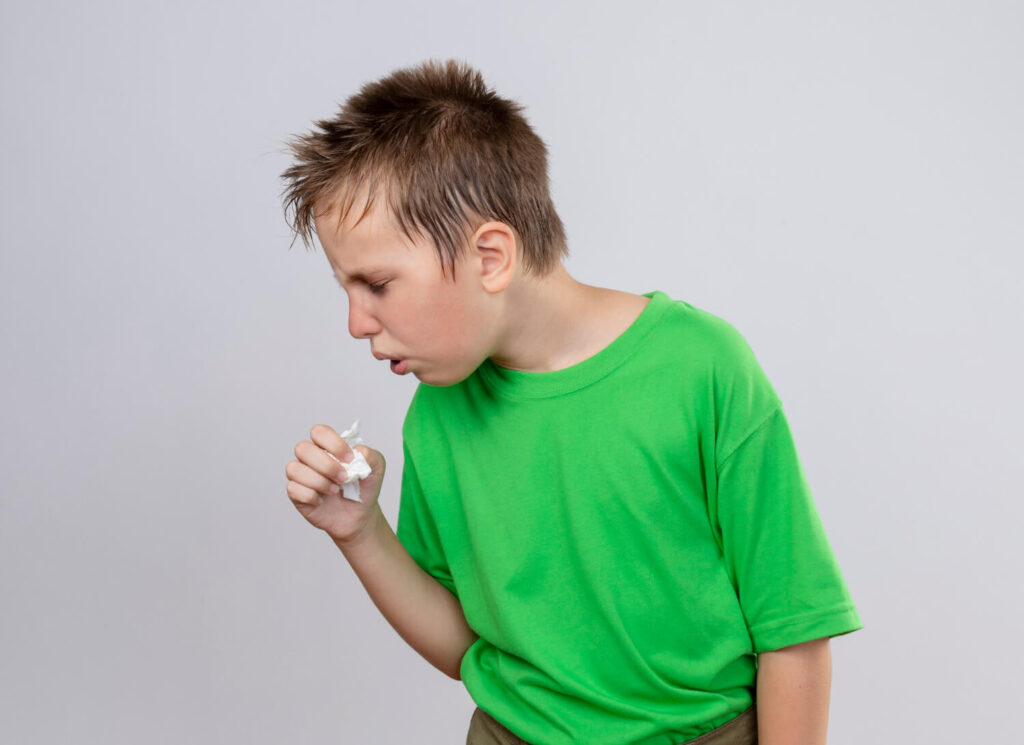
Whooping Cough Phase 3: Convalescent Stage
In terms of the last stage, during the convalescent phase, the symptoms gradually begin to improve. Patients may experience a decrease in the intensity and frequency of coughing spells. This stage signifies the recovery phase, where the affected individual starts to regain their strength and energy.
During this stage, it is crucial to continue monitoring the patient during this period to ensure a complete recovery. Adequate rest, hydration, and supportive care are essential in facilitating a smooth transition towards full health. With proper care, patients can have a fast recovery and expel the effects of the bacterial infection.
Identifying When to Seek Medical Help
Aiming to provide the best care for your child should be a priority of all the parents. That’s why when there’s a threat like whooping cough, it is ideal to be proactive and seek immediate help.
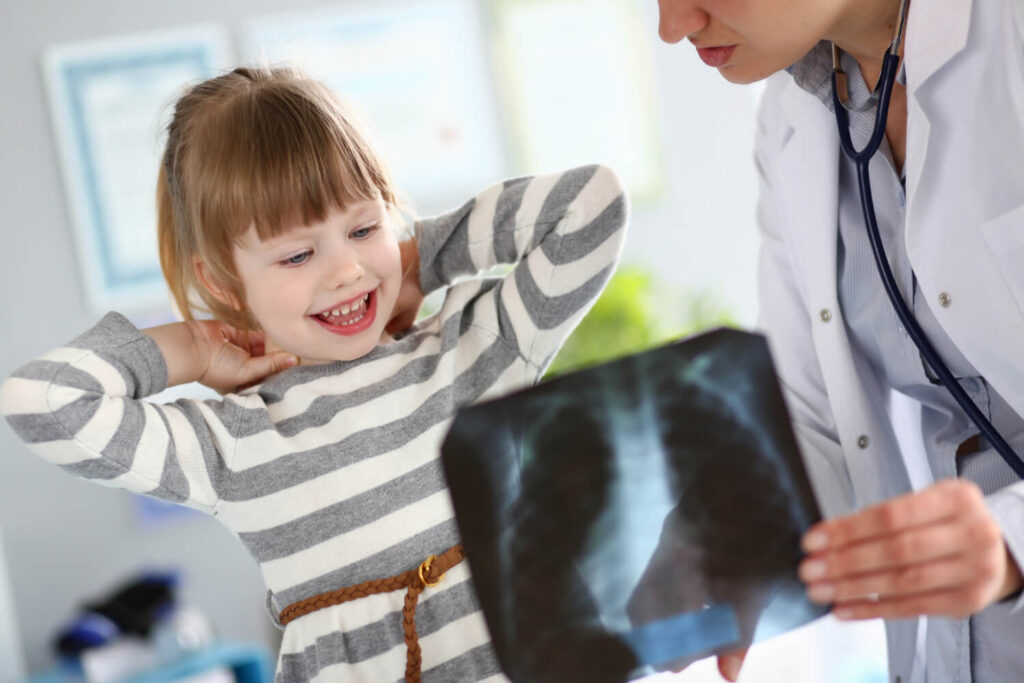
With the mentioned possible risks to the patient’s health, ensuring early intervention is the right call to help the patient. That’s because a medical practitioner has the capability to provide the quality care and services needed for the patient’s survival. So, if your loved ones experience severe coughing fits, especially with a “whoop” sound, it’s essential to consult a healthcare professional promptly.
Treatment Options for Whooping Cough
As discussed in the following whooping cough phases, ignoring the condition can only result in more complex conditions. That’s why early intervention is a must for patients with this contagious respiratory infection.
There are several ways on how to alleviate the threats from this condition. Of course, the doctor will provide the most suitable treatment plan for your child. Here are some of the possible options:
- antibiotics like azithromycin or erythromycin
- cough medicine like cough suppressants
These medications, when administered under medical guidance, can provide relief and support during the course of the disease. It is important to follow the prescribed treatment plan to ensure recovery and prevent complications.
Preventive Measures
Aside from the medication approach, the doctor can also promote preventive measures to prevent the occurrence of this condition again. One of the common forms of preventive measures is vaccination.
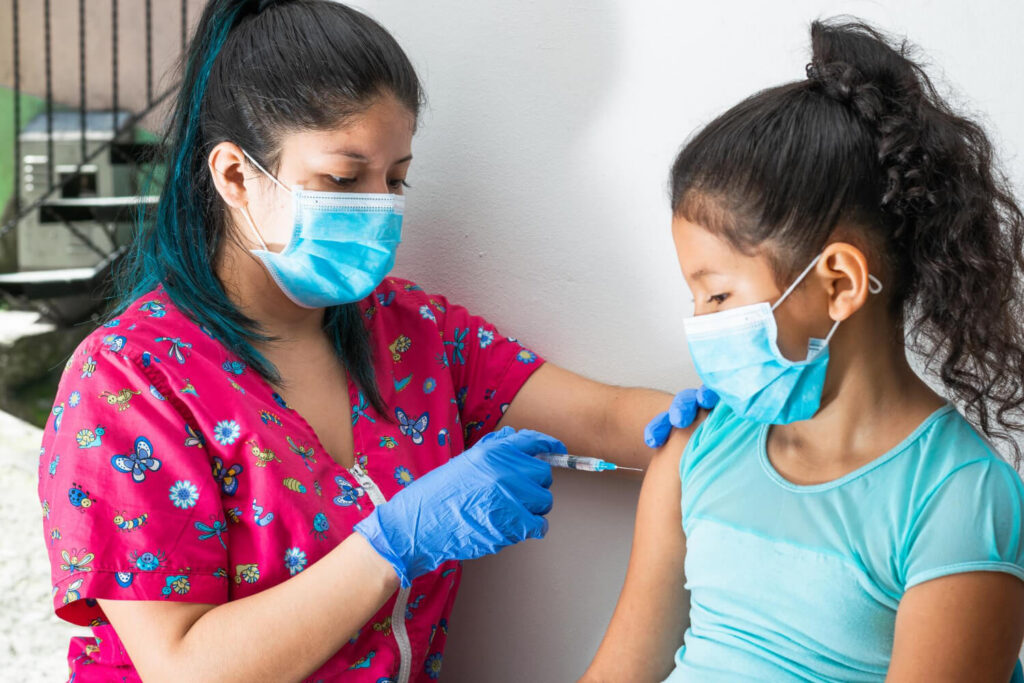
Vaccination is the cornerstone of preventing whooping cough. Ensuring your child receives their recommended pertussis vaccines is crucial in disease control. The pertussis vaccine or whooping cough vaccine, DTaP and Tdap vaccine, are crucial for preventing the spread of this highly contagious respiratory infection.
Here’s how these 2 vaccines differ:
- DTap vaccine – babies to younger children until the age of 6 years old
- Tdap vaccine – 7 years old until adults including pregnant women
By following immunization schedules and obtaining booster doses as recommended, the risk of contracting and transmitting whooping cough can be significantly reduced. Adequate vaccination coverage plays a vital role in safeguarding public health against this highly contagious respiratory infection.
Final Takeaway
Understanding whooping cough can be detrimental to a child’s health is easy through knowing the 3 whooping cough phases. These stages allow everyone to see how the condition can progress, helping them to have a clearer mind when deciding the next best step for their child. That is to prevent the progression through seeking immediate help when possible.Remember, early intervention is vital as it can ensure a healthier respiratory health for young children. Book an online consultation with a pediatric-pulmonologist for immediate health intervention.
